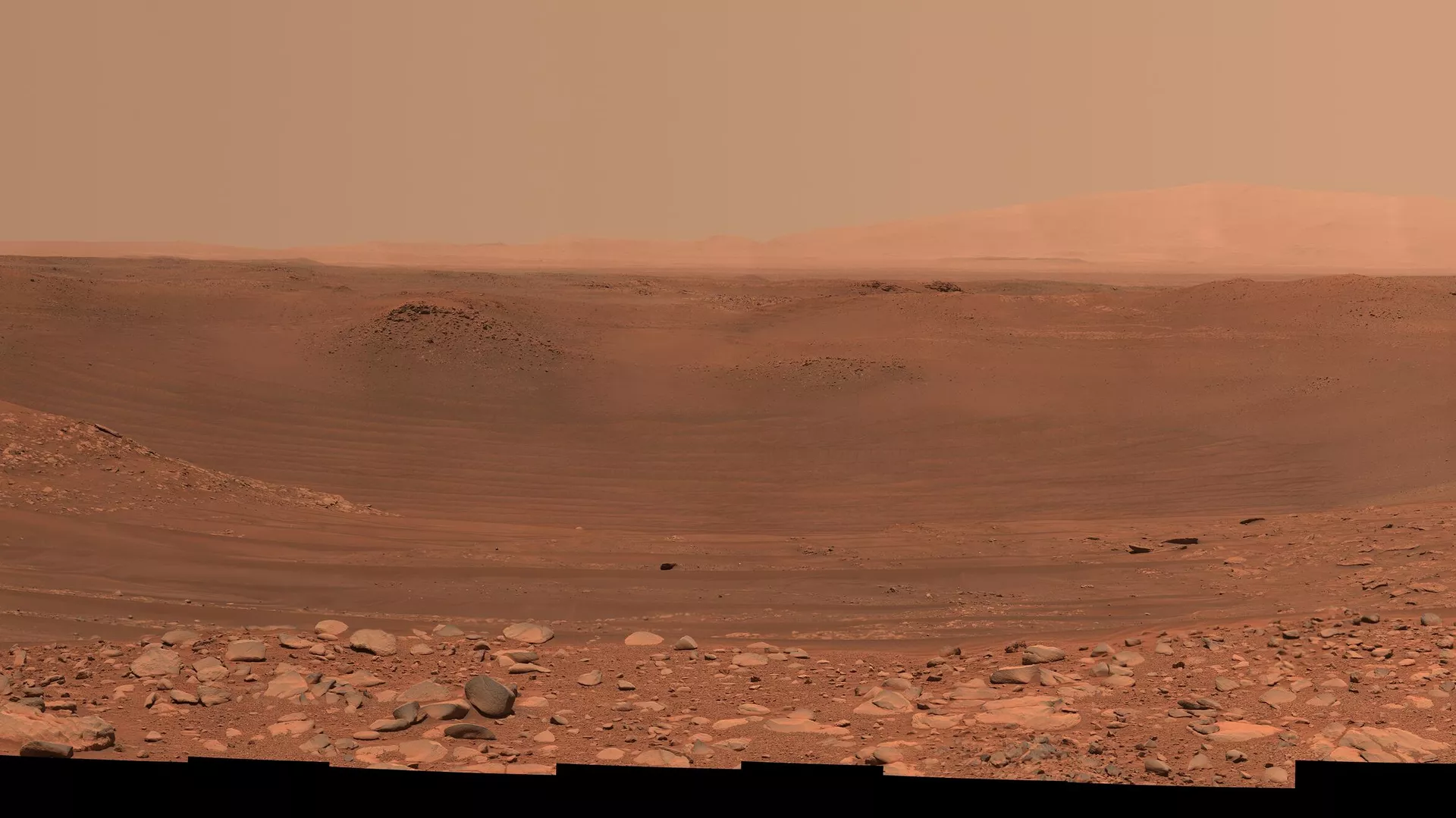A software glitch was the cause of the crash of a Japanese ispace Hakuto-R Mission 1 lander during its attempted landing on the moon last month, an investigation conducted by ispace has confirmed.
The company held a news conference to announce the completion of its analysis on Friday. The Hakuto-R Mission 1 lander successfully executed its planned landing sequence, gradually decelerating to a speed of approximately 2 miles per hour. It remained about three miles above the lunar surface.
However, after depleting its fuel, the spacecraft hurtled downward, crashing into the Atlas crater at a speed exceeding 200 miles per hour.
NASA contributed to the investigation by releasing images taken by its Lunar Reconnaissance Orbiter, which snapped pictures of the crash site.
Hardware or Software?
The investigation revealed the software responsible for guiding the descent lost track of the lander's altitude upon passing over the rim of a crater on the moon's surface, which was approximately two miles higher than the surrounding terrain. The software mistakenly determined that the altitude sensor had malfunctioned and disregarded accurate altitude measurements.
Fortunately, the examination determined that the spacecraft's other hardware components operated as intended, indicating the overall design's soundness. The focus now rests on rectifying the software issue, which is generally a more manageable task than significant hardware overhauls.
Ryo Ujiie, the chief technology officer of ispace, emphasized during the Friday presser that the failure was not due to a hardware malfunction, eliminating the need for modifications on that front.
Although the spacecraft's landing software was developed by the Draper Laboratory of Cambridge, Massachusetts, ispace took responsibility for the crash, as the software was written to meet the company's requirements.
Improper Changes?
The crash can also be attributed, at least in part, to a decision by ispace to change the landing site after finalizing the spacecraft's design earlier in 2021.
Lacus Somniorum, a flat plain, was originally selected as the landing site; however, the company later opted for Atlas, a large impact crater spanning over 50 miles in diameter, after considering it to be a more captivating destination.
HAKUTO-R Mission 1 lunar lander site, as seen by the Lunar Reconnaissance Orbiter Camera (LROC) on April 26, 2023, the day after the attempted landing. The scale bar is 100 m across.
As a consequence, the landing software was not adequately equipped to handle the change in altitude since the spacecraft passed over the rim of the crater. This oversight was not caught during simulations.
Lunar Prospects
Takeshi Hakamada, the founder and chief executive of ispace, announced the company's upcoming missions remain mostly unaffected by the crash. The firm has a near identical lander planned for next year and a larger spacecraft expected to be launched to the far side of the moon in 2025.
Hakamada expressed confidence in the company's ability to enhance future missions based on the insights gained from this failure. He also mentioned the company had obtained insurance for the lander that minimized financial impacts, which were estimated at approximately $710,000 loss.
"We have a very clear picture of how to improve our future missions," Hakamada said.
Looking ahead, several other spacecraft are scheduled to launch to the moon later this year. Under a NASA program that involves partnering with private companies to transport scientific instruments to the lunar surface. Astrobotic Technology of Pittsburgh and Intuitive Machines of Houston are set to send their respective spacecraft to the moon in the coming months.
Additionally, the Indian space agency recently announced plans for Chandrayaan-3, a follow-up mission to its unsuccessful moon landing attempt in 2019, with a potential launch date as early as July 12.


